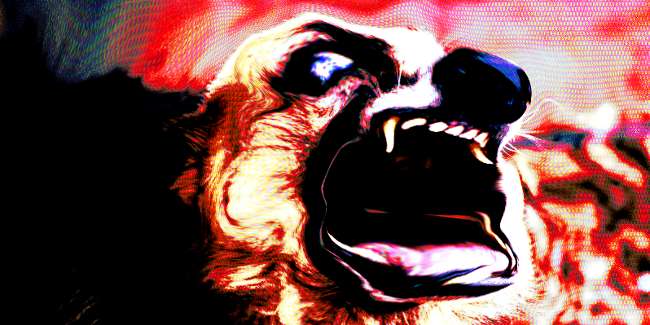A ‘dog whistle’ is an odd metaphor to use for coded, bigoted messages in politics. Its original aim was to denote something heard by a politicians’ supporters while being silent to everyone else. But for the most part it doesn’t work that way.
A New Statesman piece from a few years back said that the tactic for ‘most people […] looks innocuous, if a bit weird, but to its target audience – in this case, racists – it reads as a perfectly clear statement’.
The progressive magazine was referring to then US presidential candidate Mitt Romney’s alleged appreciation for the shared ‘Anglo-Saxon heritage’ of Britain and America. This comment was allegedly made by a Romney aide to the Telegraph.
‘We are part of an Anglo-Saxon heritage, and [Romney] feels that the special relationship is special,’ the adviser apparently said. ‘The White House [of Barack Obama] didn’t fully appreciate the shared history we have.’
I suspect that if Obama had touted his ancestry to suggest greater sympathy for Kenya nobody would have complained, especially since one argument for greater diversity in politics is that those connected to certain groups can better deal with the groups’ concerns.
But that double standard aside, there are two problems with the ‘dog whistle’ metaphor. The first is that ‘dog whistles’ today are just as readily heard by the non-target audience as the intended recipients – the phrase ‘more like a klaxon’ is often used. And a dog whistle that can be heard by humans is just a whistle.
The second problem is that if a dog whistle is genuinely deniable, then it is impossible to say whether it was intended to convey a coded message. The claim is unfalsifiable one way or the other, and the accusation usually rests more on a person’s reputation and the views of the observer than any irrefutable evidence.
A recent speech by US attorney general Jeff Sessions is a case in point.
Speaking to a group of sheriffs earlier this week, he said: ‘Since our founding, the independently elected sheriff has been the people’s protector, who keeps law enforcement close to and accountable to people through the elected process. The office of sheriff is a critical part of the Anglo-American heritage of law enforcement. We must never erode this historic office.’
Cue accusations of racism.
A New Yorker article, also on the progressive side, accepts that Anglo-American jurisprudence is a thing. But the author Amy Davidson Sorkin cites everything from Donald Trump’s migration policy, the civil rights era, and Sessions’ own history as an Alabama prosecutor, to explain why the comments were ‘clearly clumsy’.
Davidson Sorkin expects people to know about all that despite arguing that ‘not everyone has had a week in law school’. But why we should prefer the interpretation of those who do not know the origins of the American legal system to that of those who do not follow politics is not obvious.
This is one of the risks of having so many hacks with English degrees (not to mention licences to practice law). The art of interpretation is good for sophistry as well as insight. In contrast to the New Yorker, a piece from National Review, a conservative magazine, by Charles C. W. Cooke offers many contextual reasons why it was not a racist dog whistle. Whose reading is better?
I find Cooke’s view persuasive, but offence has been taken. NAACP, a black civil rights group, argued Sessions’ use of ‘Anglo American’ in relation to sheriffs ‘is an unfortunate yet consistent aspect of the language coming out of the Department of Justice under his tenure and in the opinion of the NAACP, qualifies as the latest example of dog whistle politics.’
In truth, many of those alleging ‘dog whistle tactics’ often strain so hard for any signs of bigotry that what they are hearing is more likely to be tinnitus than insidious prejudice.
Like aged musicians, progressive activists and commentators have spent so long exposing themselves to prejudice that they’ve hurt their hearing, and hear a constant ringing where once there would be silence. Once you’ve done that everything sounds like a whistle.
Image based on Snarling dog, July 2011 by Dineshraj Goomany
